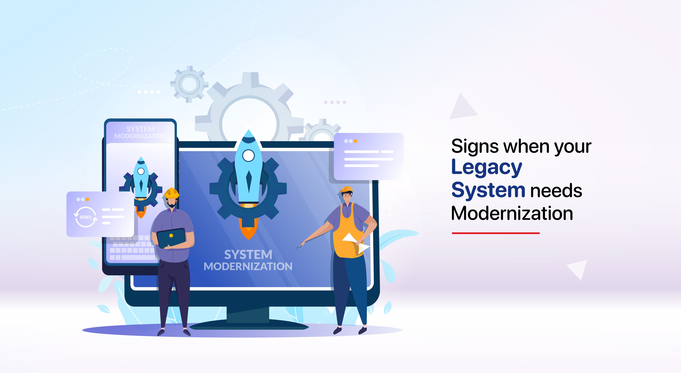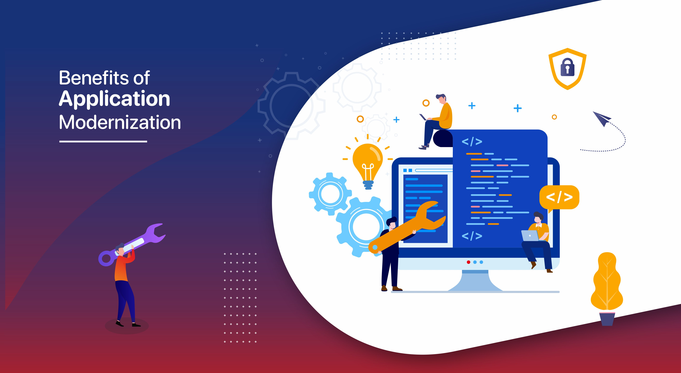Automate your application modernization process using AI and RPA


How to choose the right AI and RPA tools for your application modernization project.
The rapid rise of Robotic Process Automation (RPA) and Artificial Intelligence (AI) in recent years has led to their widespread adoption for automating routine tasks by organizations worldwide. However, to achieve intelligent automation or hyperautomation, RPA must be combined with AI to enable human-like decision-making capabilities. Hyperautomation tools can transform business processes by making cognitive, data-driven decisions, which is why Gartner has identified hyperautomation as the top strategic technology trend of 2020.
The question now is, how can RPA and AI help with the modernization of legacy systems? Let's explore.
Legacy systems refer to outdated software or infrastructure components that are essential to an organization's operations. Traditional enterprises often rely on customized systems that form the backbone of their business functions and store critical data, which requires upgrades over time.
Failing to modernize legacy systems can slow down business processes and increase support and maintenance costs. However, organizations may be reluctant to update these systems because replacing obsolete components with advanced systems can be both time-consuming and expensive.
In what ways can RPA-AI be utilized for legacy modernization?
There are several challenges that come with legacy modernization:
- Simplified workflows: The use of hyperautomation tools can simplify an organization's daily workflows. An AI-enabled RPA tool can analyze numerous emails, sort the data, and categorize them into invoices, resumes, and other documents.
- Rapid solutions: Implementing intelligent automation in an organization is a fast process. Compared to traditional methods of modernization, it has a shorter implementation time and doesn't require complex code rewriting or program interfaces. It can also be seamlessly integrated into an organization.
- Secure systems: In many cases, outsourcing legacy modernization leads to data security vulnerabilities. On the other hand, intelligent automation ensures the safety and security of all critical business data.
- Cost-effective solutions: Replacing outdated legacy systems is often too expensive and requires specialized engineers to migrate data securely. Adopting intelligent automation tools is a cost-effective alternative that can be implemented without disrupting existing systems.
- Reduced redundancy: Hyperautomation tools can effectively handle and process large amounts of data with a low error rate, thereby reducing human errors and increasing efficiency in performing routine tasks.
- Hyperautomation tools have the potential to transform legacy systems and provide enterprises with a competitive edge. It enhances overall business efficiency, reduces maintenance costs, and facilitates easy scaling and integration of newer processes. However, choosing the right hyperautomation partner is crucial to ensuring success.
Tag:Legacy- Modernization